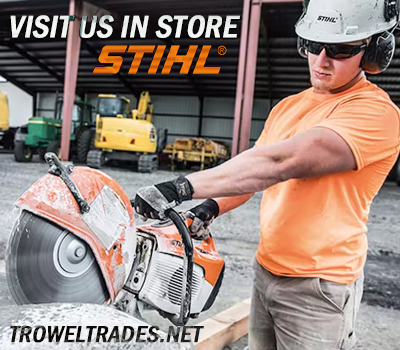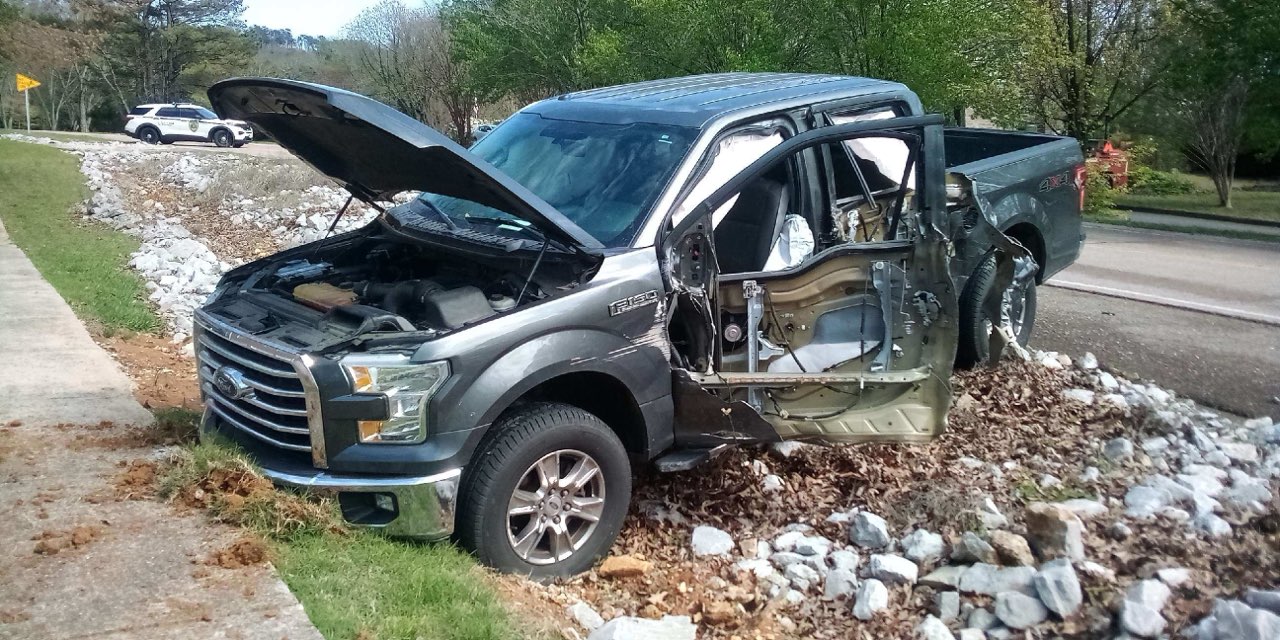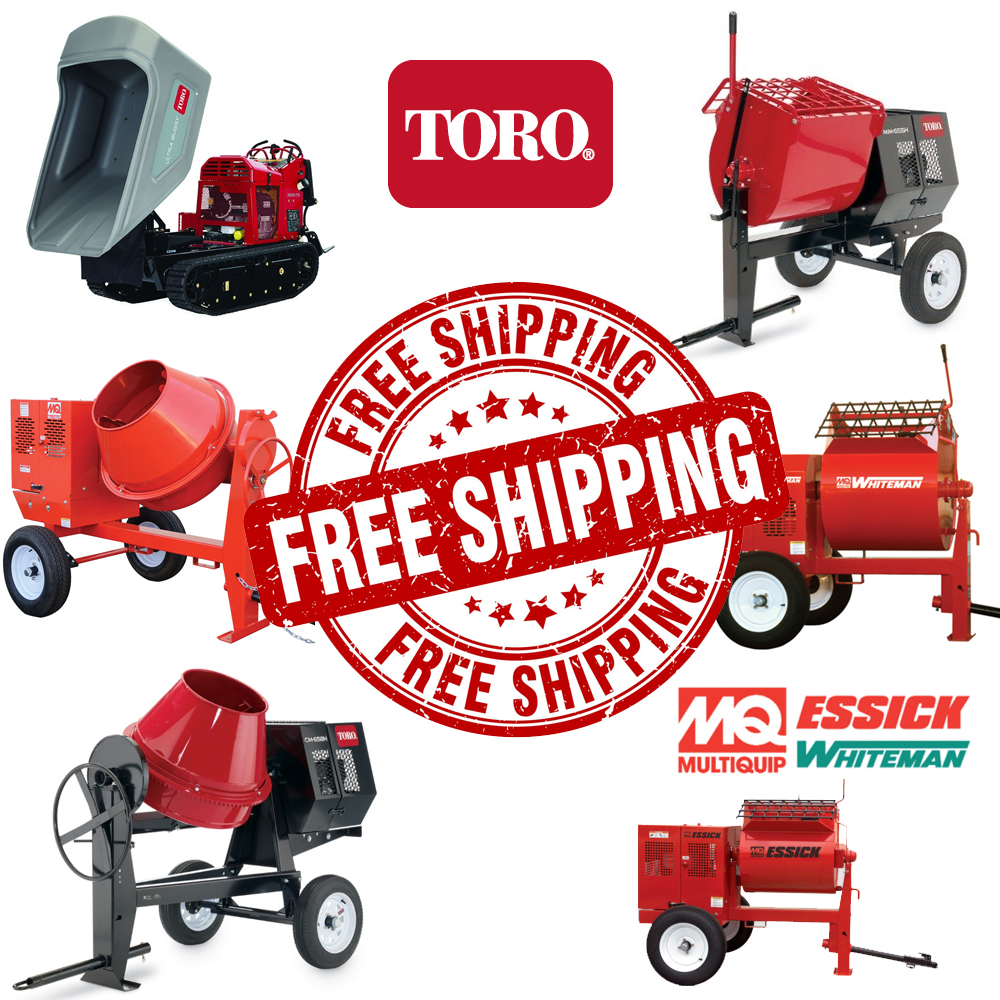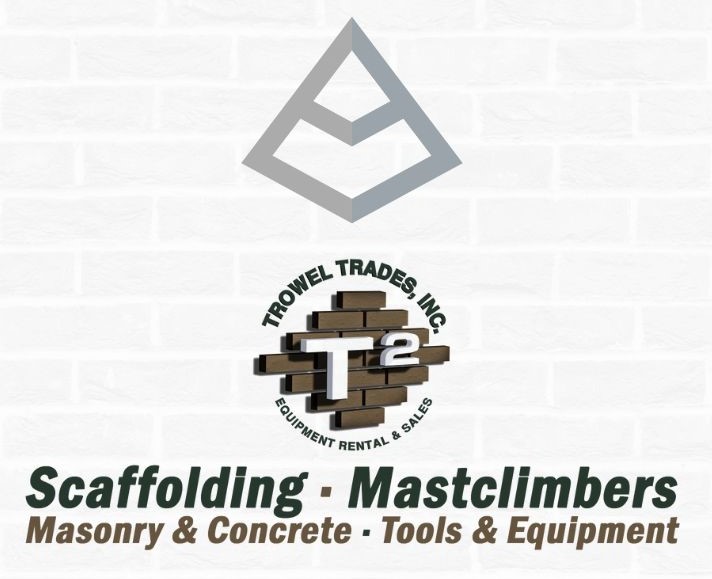
FREE SHIPPING ON
ALL QUALIFYING ORDERS
Enter your email below to join our mailing list:

PPE
Personal Protective Equipment or “PPE” for short, is a fancy name for the types of equipment workers use as their last line of defense in preventing injury and illness. Why last? Because many times hazards are better controlled by other, more positive means.
We’ll probably never see the day when construction workers won’t have to use any PPE. Construction by its nature is a constantly changing environment. Your own operations, or other trades working nearby, cause a variety of hazards – falling or flying objects, and ultraviolet from welding to name a few. We can do some planning to limit exposures, but in the mean time, know the types of PPE you need and keep it with you!
HARDHATS
What about hardhats? You’re up on a scaffold with nothing above you. But what about when you climb down for break and walk through areas where you can’t control falling objects or impact hazards?
Toeboards at the edges of floors and scaffold platforms may keep some objects from falling, but don’t, kid yourself. Keep your helmet with you at all times.
RESPIRATORS
Take respirators for example. You get tired from wearing then. If they aren’t used properly, they can actually cause greater exposures. Whenever possible, you have to attack the hazard at its source. If a brick saw is creating dust, you control the dust. If you’re exposed to epoxy fumes, you ventilate. If you do put on a respirator, understand that you have to be thoroughly trained and fit tested to wear one.
PROTECTIVE EYE WEAR
You only have one set of eyes. A particle in the eye, whether it’s caused by chipping, grinding, or saw cutting could cause permanent damage. Protective eyewear is gaining wider acceptance on construction sites because it’s getting more comfortable to wear. The trouble comes when you start trying to decide when and where to use it. The simple answer is – always! Why complicate matters? Just put it on and leave it on. Many site owners are now requiring workers to wear their safety glasses at all times. It makes sense when you consider the pain caused by even a small piece of dust blown into your eye by wind as well as the downtime getting it flushed out.
LONG-SLEEVED CLOTHING
Hey macho man! Getting tan? Not at your employer’s expense. You may not think of long-sleeved clothing as PPE, but it is. Every year, the sun causes hundreds of cases of sunburn and heat stroke. Those are “compensable” injuries that your employer pays for. It’s an easy equation: The more an employer pays for comp, the less competitive he gets. Do yourself and your boss a favor. Keep your shirt on!
Source: Personal Protective Equipment 1





No spam, notifications only about products and updates.

Having dealt with MK Diamond Products and the Delahauts since the mid 1990’s it is sad to hear the news that they have closed their

I’ve told my wife and daughter to never follow a mortar mixer down the interstate. For over 30 years we have sold, rented, and repaired

This question is one of the most frequent mixer related questions our rental staff are asked. Our contractor customers know the importance of using the right tools for the job.

Trowel Trades, a company that specializes in equipment rental, tool retail, repair services, scaffolding and mast climber access solutions, enters the Silver Tier of the Masonry Alliance Program.
Your email was submitted successfully.
YOUR 10% OFF COUPON CODE IS WELCOME10.
See category exclusions below.
Category Exclusions:
Arbortech Brick and Mortar Saw, Compaction, Concrete Mixers, Concrete Walk Behind Saws, Drop Hammers, Grout Hogs, iQ Power Tools, Masonry Block Saws, Masonry Brick Saws, Mast Climbers, Mortar Mixers, Mud Buggy, Saws, Scaffold, Self Dumping Hoppers, Shoring, and Stihl